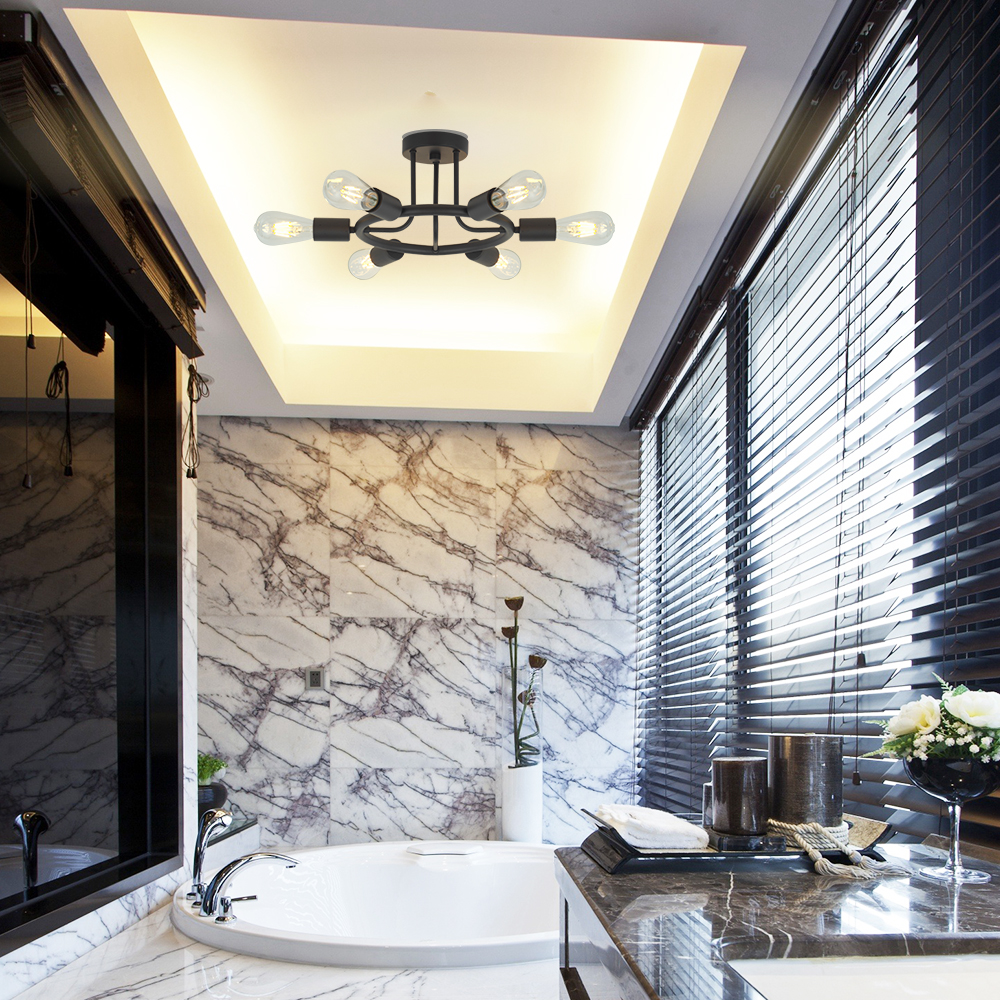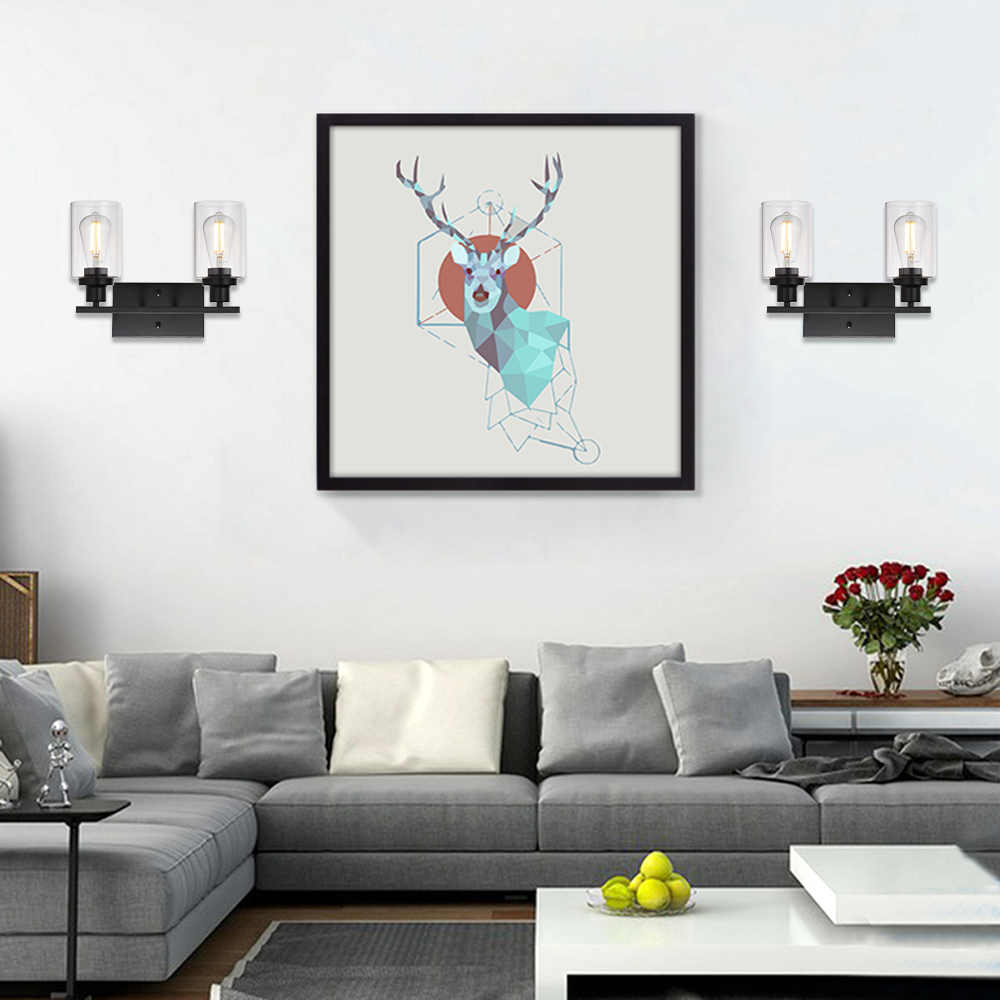lighting for kitchen islands
Lighting for Kitchen Islands: Illuminating Your Culinary Haven
Preface

The kitchen island stands as the heart of modern culinary spaces, a multifunctional hub where cooking, dining, and socializing converge. To enhance its utility and aesthetic appeal, lighting for kitchen islands plays a pivotal role. This comprehensive guide delves into the nuances of selecting, installing, and optimizing island lighting to transform your kitchen into a luminous and inviting haven.
Understanding the Importance of Kitchen Island Lighting
Why Lighting Matters
Lighting is not merely a functional element; it is an essential component that sets the mood and ambiance of your kitchen. For kitchen islands, the right lighting can:
- Enhance Visibility: Proper illumination ensures that tasks such as chopping, mixing, and reading recipes are performed efficiently.
- Create Ambiance: Well-designed lighting can transform the kitchen into a warm and welcoming space, perfect for gatherings.
- Highlight Design Elements: Strategic lighting can accentuate the island’s design, making it a focal point of the kitchen.
Types of Lighting for Kitchen Islands
1. Pendant Lighting
Pendant lights are a popular choice for kitchen islands due to their versatility and aesthetic appeal. These hanging fixtures come in various styles, from minimalist designs to ornate chandeliers.
Advantages:
- Customizable Height: Allows for adjustment to suit the island’s size and your visual preference.
- Variety of Styles: Offers a wide range of designs to complement any kitchen decor.
- Focused Illumination: Provides direct light to the island surface.
Considerations:
- Spacing: Ensure even spacing between multiple pendants to avoid clutter.
- Height: Hang pendants at a height that doesn’t obstruct views but provides adequate light.
2. Recessed Lighting
Recessed lighting offers a sleek, unobtrusive way to illuminate the kitchen island. These fixtures are installed into the ceiling, providing a clean and modern look.
Advantages:
- Space-Saving: Ideal for kitchens with low ceilings or limited space.
- Even Illumination: Distributes light evenly across the island.
- Versatile: Can be used in combination with other lighting types for layered illumination.
Considerations:
- Installation: Requires professional installation for a seamless finish.
- Bulb Type: Choose bulbs that offer the desired brightness and color temperature.
3. Track Lighting
Track lighting is a flexible option that allows you to direct light exactly where it’s needed. This type of lighting consists of a track housing multiple adjustable fixtures.
Advantages:
- Adjustable: Fixtures can be moved and directed to highlight specific areas.
- Easy Installation: Generally easier to install compared to recessed lighting.
- Customizable: Offers a range of fixture styles and finishes.
Considerations:
- Aesthetic: May not suit all kitchen designs; best for modern or industrial styles.
- Visibility: Ensure tracks are placed to avoid glare.
4. Under-Cabinet Lighting
Under-cabinet lighting is an excellent addition to enhance task lighting on the kitchen island. These fixtures are installed beneath the upper cabinets, providing focused light to the countertop.
Advantages:
- Task-Oriented: Ideal for detailed tasks like food preparation.
- Energy-Efficient: Often available in LED options, which are long-lasting and energy-saving.
- Ambient Layer: Adds a subtle layer of light to the kitchen.
Considerations:
- Installation: Requires careful placement to avoid shadows.
- Visibility: Ensure the fixtures are not too bright to cause glare.
Selecting the Right Lighting for Your Kitchen Island
1. Assessing Your Needs
Before choosing lighting for your kitchen island, consider the following:
- Functionality: Determine the primary use of the island (e.g., cooking, dining, socializing).
- Size and Shape: Measure the island’s dimensions to select appropriately sized fixtures.
- Kitchen Layout: Consider the overall kitchen design and how the island fits within the space.

2. Layering Light
Effective lighting design often involves layering different types of light to create a balanced and functional space. For kitchen islands, consider combining:
- Ambient Lighting: Provides overall illumination (e.g., recessed lighting).
- Task Lighting: Focuses on specific areas for tasks (e.g., pendant lights, under-cabinet lighting).
- Accent Lighting: Highlights design features (e.g., track lighting).
3. Choosing the Right Bulbs
The type of bulb you choose can significantly impact the lighting quality. Consider the following:
- Color Temperature: Measured in Kelvin (K), lower temperatures (2700-3000K) offer warm, yellow light, while higher temperatures (3500-4100K) provide cool, white light.
- Lumens: Measure the brightness of the bulb. Higher lumens mean brighter light.
- Energy Efficiency: LED bulbs are energy-efficient and have a longer lifespan compared to traditional incandescent bulbs.
Design Tips for Kitchen Island Lighting
1. Harmonizing with Kitchen Decor
Ensure that the lighting fixtures complement the overall kitchen design. For example:
- Modern Kitchens: Opt for sleek, minimalist pendants or recessed lighting.
- Traditional Kitchens: Choose ornate chandeliers or classic pendant designs.
- Industrial Kitchens: Consider metal pendants or track lighting with an industrial finish.
2. Creating a Focal Point
Use lighting to make the kitchen island a focal point. This can be achieved by:
- Statement Fixtures: Select bold or unique pendant lights that draw attention.
- Symmetrical Arrangement: Place multiple pendants in a symmetrical pattern for a balanced look.
- Contrasting Colors: Choose fixtures in a color that contrasts with the island or kitchen walls.
3. Considering Scale and Proportion
The size of the lighting fixtures should be proportionate to the island and the kitchen. For instance:
- Large Islands: Use larger pendants or multiple smaller fixtures to fill the space.
- Small Islands: Opt for smaller, more delicate fixtures to avoid overwhelming the area.
Installation and Maintenance Tips
1. Professional Installation
While some lighting fixtures can be installed DIY, it’s often best to hire a professional to ensure:
- Safety: Proper wiring and installation prevent electrical hazards.
- Accuracy: Fixtures are installed at the correct height and position for optimal lighting.
2. Regular Maintenance
To keep your kitchen island lighting in top condition:
- Clean Fixtures: Regularly dust and clean the fixtures to maintain brightness.
- Check Bulbs: Replace burnt-out bulbs promptly to ensure consistent illumination.
- Inspect Wiring: Periodically check for any loose wires or connections.
Case Studies: Inspiring Kitchen Island Lighting Designs
Case Study 1: Modern Minimalism
In a sleek, modern kitchen, the island was illuminated with a series of minimalist pendant lights. These fixtures featured a clean, cylindrical design with a matte black finish, perfectly complementing the kitchen’s monochromatic color scheme. The pendants were spaced evenly above the island, providing focused task lighting while maintaining an uncluttered aesthetic.
Key Takeaways:
- Fixture Style: Minimalist pendants.
- Color Scheme: Monochromatic with a matte black finish.
- Lighting Effect: Focused task lighting with a clean, modern look.
Case Study 2: Traditional Elegance
A traditional kitchen featured an ornate chandelier above the island, adding a touch of elegance and warmth. The chandelier’s crystal accents reflected light, creating a sparkling effect that enhanced the kitchen’s luxurious feel. Complementing the chandelier, under-cabinet lighting provided additional task lighting for food preparation.
Key Takeaways:
- Fixture Style: Ornate chandelier with crystal accents.
- Lighting Layers: Ambient chandelier light combined with task-oriented under-cabinet lighting.
- Aesthetic Impact: Added elegance and warmth to the traditional kitchen.
Case Study 3: Industrial Chic
An industrial-style kitchen utilized track lighting with adjustable fixtures to highlight the island. The track was installed in a straight line above the island, allowing each fixture to be directed towards specific areas. The fixtures featured a brushed steel finish, aligning with the kitchen’s industrial theme.
Key Takeaways:
- Fixture Style: Adjustable track lighting with a brushed steel finish.
- Flexibility: Ability to direct light to specific areas.
- Design Theme: Enhanced the industrial chic aesthetic of the kitchen.
Conclusion
Lighting for kitchen islands is a crucial element that can transform your culinary space into a functional and aesthetically pleasing haven. By understanding the different types of lighting, selecting the right fixtures, and considering design and installation tips, you can create a well-lit and inviting kitchen island that meets your needs and enhances your kitchen’s overall ambiance. Whether you opt for the elegance of pendant lights, the versatility of track lighting, or the subtlety of under-cabinet lighting, the key is to balance functionality with style to achieve the perfect illumination for your kitchen island.

